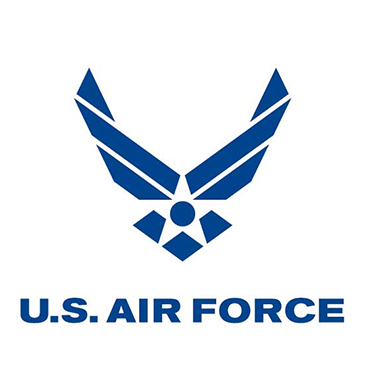Air Force looks to shared services for help with IT acquisition

The Air Force is increasingly handling its IT purchasing problems by partnering with other Pentagon agencies and the private sector.

Air Force officials are admitting it: The service is struggling with how it buys technology, and leaders are looking to outside options to bolster its IT buying power.
With complex processes, shrinking budgets and a shortage of in-house procurement skills, IT acquisition presents challenges that the Air Force is increasingly meeting by partnering with other Defense Department agencies and the private sector, Air Force leaders said on Feb. 11.
"I won't say [the DOD acquisition system] forces failure but it certainly doesn't encourage success, especially related to IT," said Lt. Gen. Charles Davis, military deputy in the Office of the Assistant Secretary of the Air Force for Acquisition, during a panel discussion at an AFCEA DC event in Arlington, Va. "There are so many players involved, so many who influence decisions, write policy [and] advise, and basically IT systems are not successful very easily."
At least part of the Air Force's solution involves relying on the Defense Information Systems Agency's shared services. The Air Force is following in the Army's footsteps and has partially migrated to DISA's enterprise email, with plans to continue. Air Force officials are also eyeing DISA's infrastructure-as-a-service offerings and turning to the Army IT Agency for other infrastructure needs.
"We're always looking for opportunities to increase operational efficiency," said Essye Miller, director of Air Force headquarters information management. "It just makes sense for us to rely on organizations like DISA and ITA and industry partners to provide that service because it gives me an opportunity to not only change processes and manage expectations and appetite, but to give it to the professionals who can do it a lot better than we can internally."
Officials also hope they can change the traditional way of thinking about IT acquisition and some of the processes that guide procurement.
"We want folks to look at the business process and look at the mission set, not only at the thing they were responsible for bringing to bear but at how we can do business better in a manner we can afford," Miller said. "It took a little bit, but I think we've been able to change that mindset. Everyone's so focused on infrastructure and support, which is great, [but] we have to focus on mission and business processes as well."
Additionally, the Air Force has added new oversight to IT acquisition with the establishment of an IT governance executive board led by CIO Lt. Gen. Michael Basla. DOD's deputy chief management officer, the Air Force's acquisition chief, and leaders from the Air Force Space Command and the Air Force financial management team also serve on the board.
"We don't have a very strong process for vetting, locking down and controlling requirements on large, complex IT systems," Davis said. "Unlike the councils we have that set requirements for an airplane or weapon, it's up to the senior leadership in acquisition or the CIO to establish a governance process to limit that constant churn on requirements. We have processes we're trying to put into place in terms of governance at a high level to at least look at some of these things before they become systems. We're just in the beginning stages, but I can tell you it's made recent progress."


